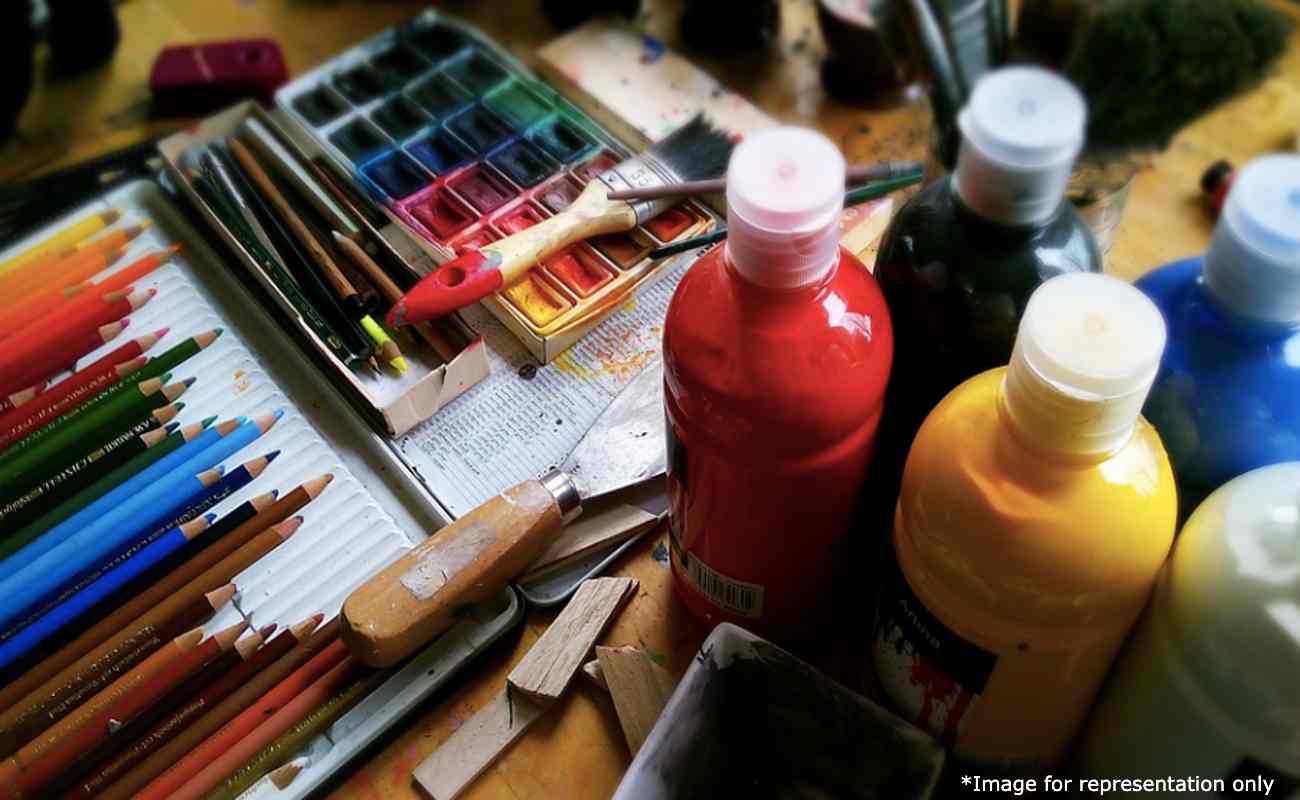Pigment dispersion and stabilization in coatings; what to do and how to do?
Pigment dispersion and stabilization are crucial factors in the manufacture and performance of coatings. Pigment dispersion refers to the distribution of pigments within a coating, while stabilization refers to the ability of the coating to maintain that distribution over time.
Pigment dispersion can be achieved through a variety of methods, including mechanical mixing, ball milling, and high-shear mixing. In mechanical mixing, pigments are added to the coating and then mixed with a mechanical agitator. This method is typically used for low-viscosity coatings and pigments with a relatively small particle size.
Ball milling, on the other hand, involves grinding pigments in a ball mill with a liquid medium. This method is typically used for pigments with a larger particle size and for coatings with a higher viscosity. High-shear mixing is a method that uses high-speed impellers to mix pigments into the coating. This method is typically used for coatings with a high viscosity and pigments with a relatively small particle size.
Once the pigments are dispersed within the coating, stabilization is necessary to maintain the distribution over time. This can be achieved through the use of stabilizers, such as surfactants, polymers, and emulsifiers. Surfactants are molecules that have a hydrophobic (water-repelling) end and a hydrophilic (water-attracting) end, which help to keep the pigments dispersed in the coating. Polymers can also be used to stabilize pigments by forming a network around the pigments, which helps to keep them in place. Emulsifiers are molecules that can help to keep pigments suspended in a coating by reducing the surface tension between the pigments and the coating.
One important aspect of stabilization is compatibility between the pigments and the coating. Pigments can react with the coating and cause them to flocculate, or clump together. This can lead to poor color consistency and a loss of performance. Therefore, it is important to choose pigments and coatings that are compatible with each other to ensure optimal performance.
In conclusion, pigment dispersion and stabilization are crucial factors in the manufacture and performance of coatings. Proper dispersion and stabilization can ensure consistent color and optimal performance of the coating. The use of mechanical mixing, ball milling, high-shear mixing, surfactants, polymers, and emulsifiers can aid in achieving proper dispersion and stabilization. It is important to also consider compatibility between pigments and coatings to ensure optimal performance.

